If Europe’s calling, pinning down a workable travel plan can be tricky. It’s easy to get carried away and find that your dream itinerary is both overambitious for the time you have at your disposal and, far too often, beyond your budget. Whether you’re a rookie or someone who’s keen to get it right the second time around, here are five travel mistakes to avoid in Europe.
5 Travel Mistakes To Avoid In Europe
Sticking Only to the Big Cities
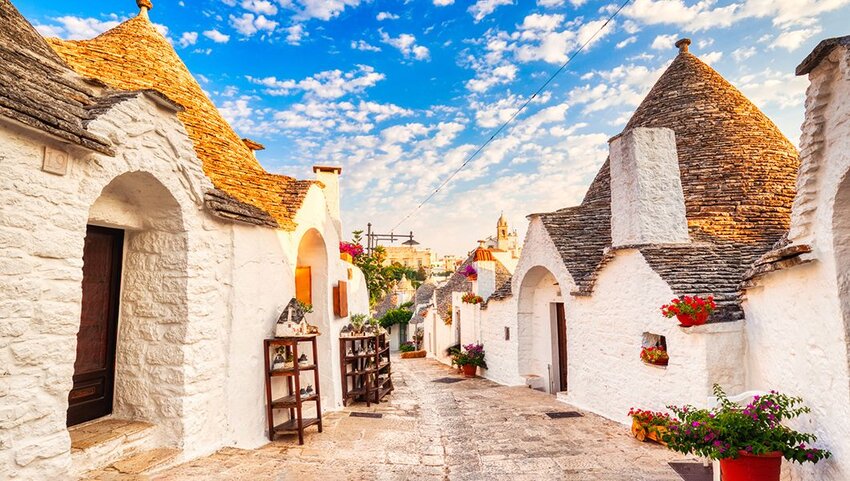
Europe’s major cities, such as London, Paris, Berlin and Rome, are tourist magnets – and rightly so. Their many museums and galleries, coupled with an abundance of world-class restaurants and lively nightlife attract millions of visitors every year. But don’t overlook small towns and countryside areas in your rush to tick off those must-see sights. Often, accommodation is cheaper and there’s still plenty to see and do. In Spain, the Andalusian countryside is littered with pueblos blancos with quaint squares and cobbled streets lined with whitewashed homes. Tourists to Italy rarely get as far south as Puglia, yet those that do will delight in Alberobello’s curious cone-shaped trulli. Visit Vienna, the Austrian capital, but then catch a train west to the Tirol, where the craggy peaks of the Wilder Kaiser mountains form a scenic backdrop to centuries-old wooden chalets festooned with scarlet geraniums. Tour off-the-beaten-track Lithuania, leaving Vilnius behind as you strike out for the dunes of the Curonian Spit and quirky sites like the Hill of Crosses.
Trying to See and Do Everything
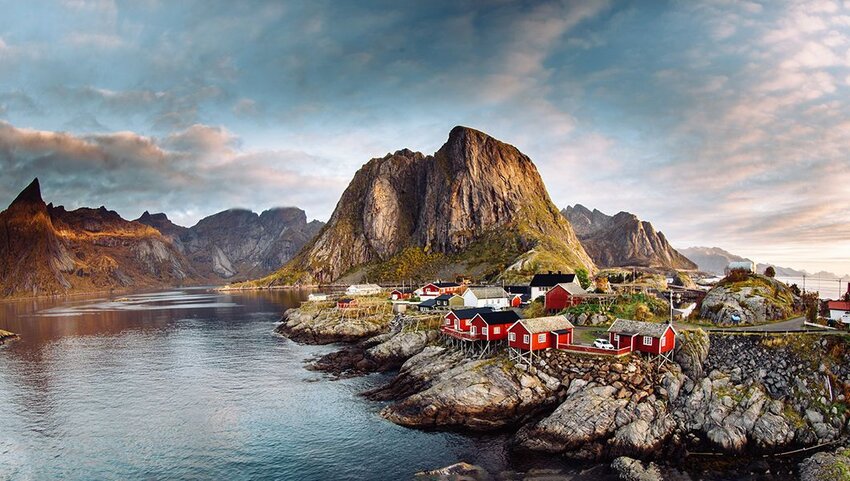
Vacations are supposed to be about relaxing and having fun, so punishing schedules are a big mistake. But there’s a lot packed into a relatively small space: Germany’s population density, by no means the highest in Europe, is almost 10 times that of Nebraska and more than 35 times higher than New Mexico’s average. Distances that seem temptingly close by North American standards won’t be anywhere near as attractive if you’re stuck in traffic for hours.
Get more out of your trip by focusing on a smaller area and exploring it more thoroughly, replacing time on the road with activities and experiences. Island-hop through the Aegean, pairing Santorini’s exquisite caldera sunsets with the lively dance scene of Mykonos. Tour the Norwegian fjords, beginning in historic Bergen and finishing up in the cute Lofoten Islands north of the Arctic Circle. Or, hire a camper van to trundle around Scotland’s North Coast 500 route, renowned for its white sand beaches, charming fishing villages, and mountain scenery.
Forgetting About Public Transportation
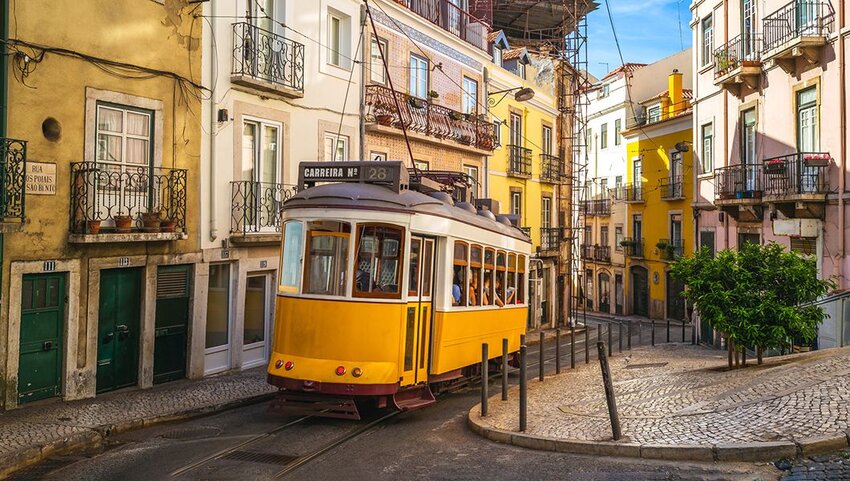
Before you rush to rent a car, think about whether taking the self-drive route is going to be a help or a hindrance during your European vacation. Ditch the car and you’ll not only save precious time searching for a parking space, but also money. But that doesn’t mean you have to shell out a fortune on taxis. Depending on what your plans are, you might find that using public transport not only works out cheaper but is much less hassle.
Sometimes, even, European public transport is a visitor attraction in its own right. Clatter over the cobbles as you ride the #28 tram through Lisbon, for instance, or ride the world’s first rotating gondola up to the summit of Mount Titlis in Switzerland to have fun summer snow-tubing. Head over to Sweden and explore Stockholm’s tranquil island archipelago by public ferry or jump on the Petřín funicular in Prague to take in the jaw-dropping view over the Czech capital from the top of the hill.
Carrying a Bunch of Euros
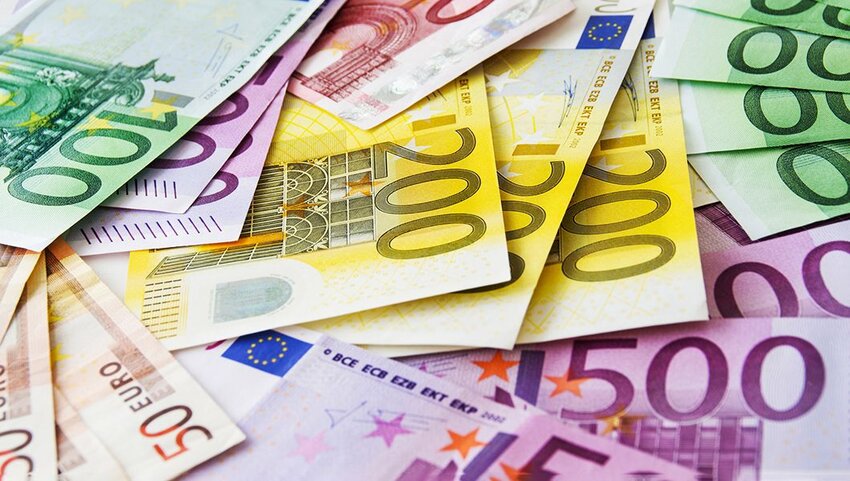
The euro is accepted in 20 countries, most recently in Croatia, which entered the Eurozone on January 1st, 2023. However that’s not the case everywhere – in fact, not even across the whole of the EU. Some of the many European countries that use other currencies include the UK (pounds), Poland (zloty), Hungary (forint) and Switzerland (francs). Czechia, Denmark, Sweden, Norway and Iceland all use crowns (variously referred to as koruna, krone, kronor or króna) though confusingly, they’re not all the same type. However, getting your currencies mixed up might not be the disaster that you think. In many countries across Europe, the use of cash is becoming rarer as paying by app or credit and debit cards becomes ever more widespread. When you really do need cash, there’s no shortage of ATMs and foreign exchange bureaux.
Underestimating the Time You’ll Spend Queuing
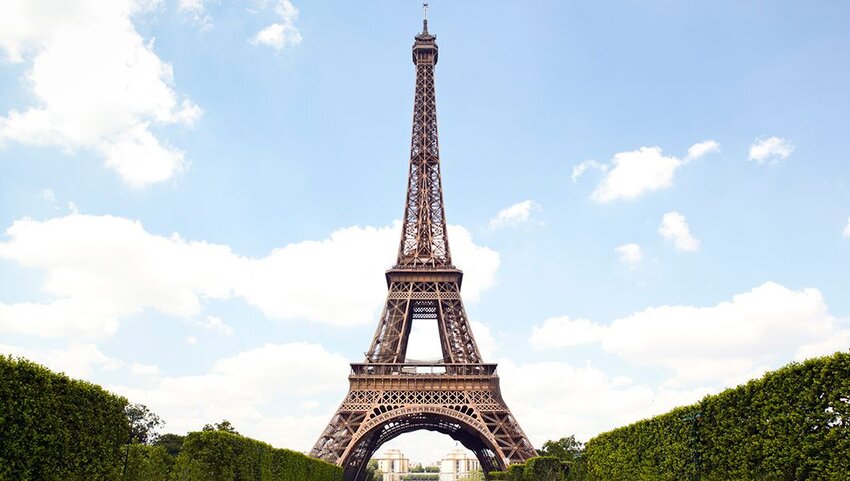
Even outside the main summer season, Europe’s top visitor attractions can get exceptionally busy. Queues snake beneath the Eiffel Tower in Paris, down the street from Barcelona’s Sagrada Familia and round the block from the London Eye. To avoid wasting a great chunk of your Europe vacation standing in line takes a little planning – but isn’t impossible. First, find out if the attraction you want to see offers a skip-the-line option, perhaps when you join a tour. Other places might utilize a timed slot system to spread out demand; check well in advance if you expect to visit when it’s going to be especially popular, such as on a holiday weekend. Some destinations are overrun with day-trippers. If that’s the case, staying overnight might help because you could visit early in the morning or late in the afternoon.
If you do end up having to wait, carry a phone with a data plan so you can make the most of your downtime to check your social media, browse dinner menus online or plan the next day’s sightseeing. And finally, ask yourself if you’re really interested in what you’re queuing for – sometimes we get so hung up on what we should see that we forget what makes us happy.
